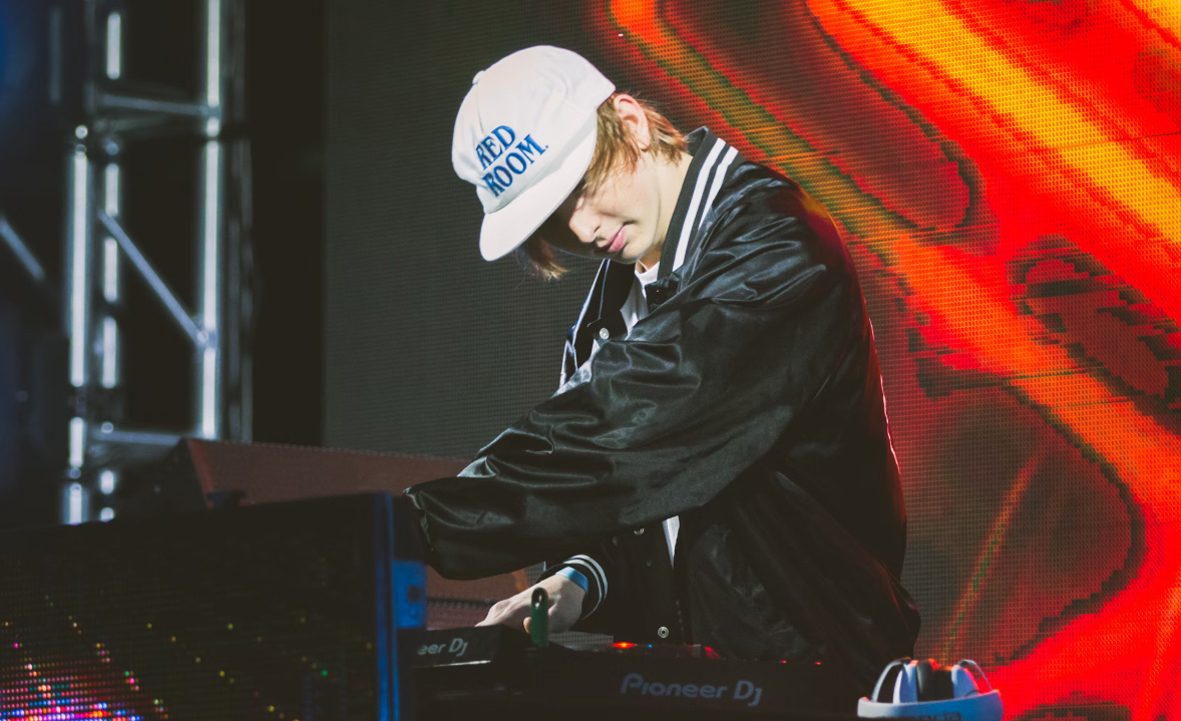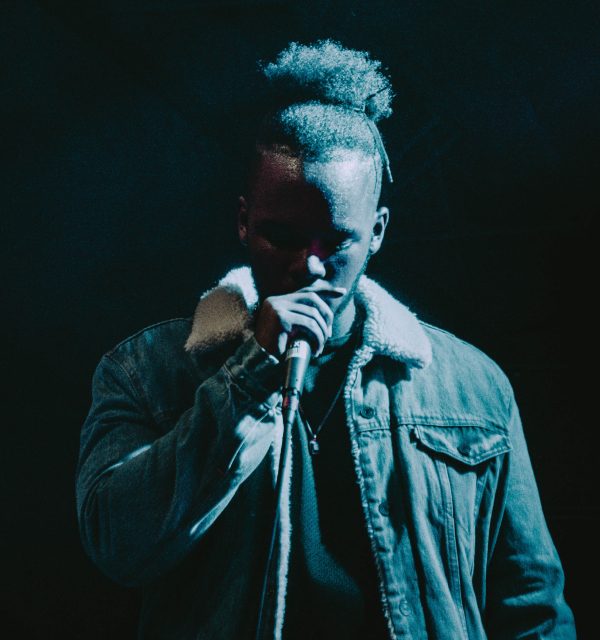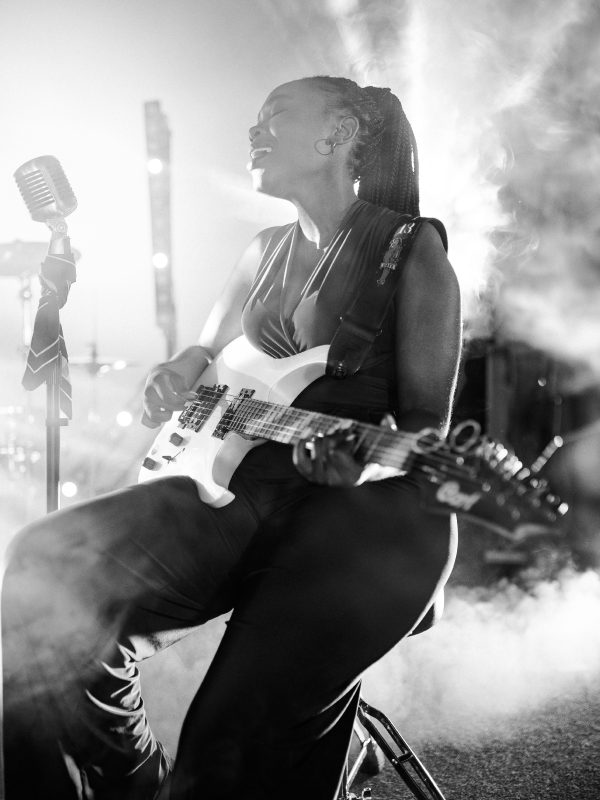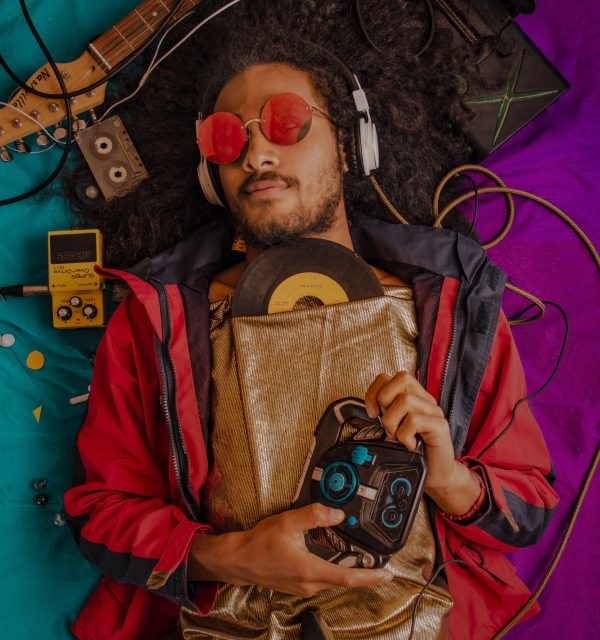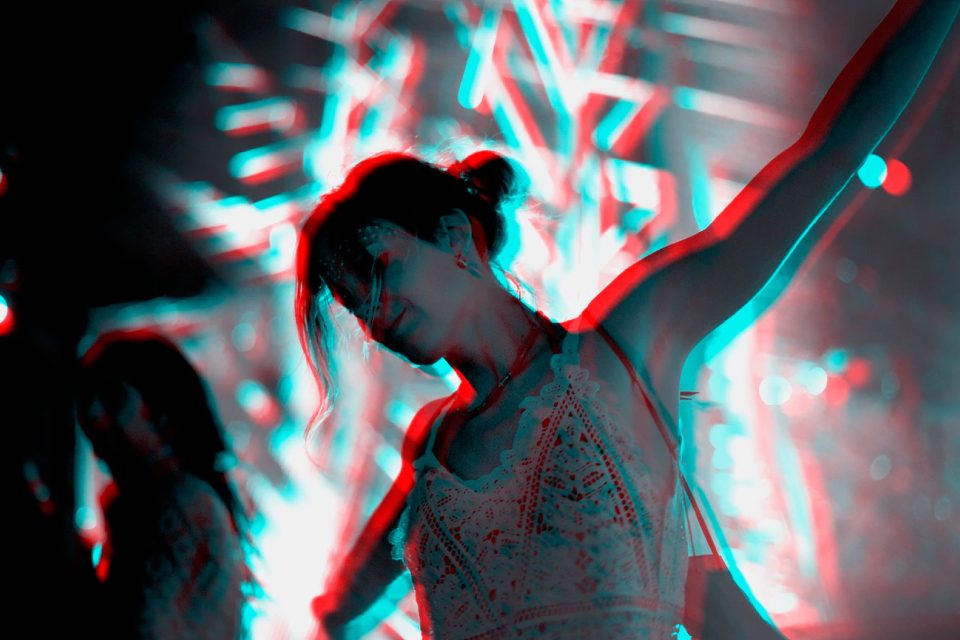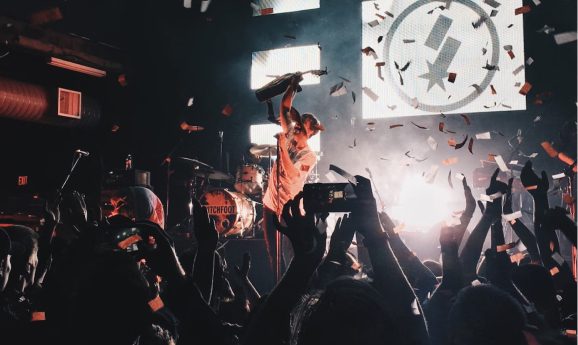Jam Sessions: Where Creativity Knows No Bounds
Jam sessions are the playgrounds of music, where creativity thrives, boundaries blur, and the magic of collaboration takes center stage. They are unscripted, unstructured, and unapologetically freeform—a space where musicians come together to create, experiment, and connect. From dimly lit basements to bustling cafes and professional studios, jam sessions have been the birthplace of some of the most iconic music and unforgettable collaborations.
The Spirit of Jamming
At its core, a jam session is about spontaneity. Unlike rehearsals or performances, there’s no set agenda or pressure to deliver perfection. Musicians simply gather to play, exploring rhythms, melodies, and harmonies in real time. This openness fosters a unique environment where creativity flourishes, allowing ideas to flow organically.
Jam sessions also serve as a communal experience, breaking down hierarchies between established artists, emerging talents, and casual players. Everyone contributes to the evolving soundscape, making jamming as much about connection as it is about music.
A History of Jamming
Jam sessions have deep roots in the history of music. The term “jam” itself is said to have originated in the jazz era of the 1920s and 1930s, where musicians would “jam” together after gigs, experimenting with improvisation and pushing the boundaries of their craft.
- Jazz Jams: Jazz legends like Charlie Parker, Miles Davis, and Thelonious Monk honed their improvisational skills during jam sessions. These gatherings allowed musicians to experiment with new ideas and styles, influencing the evolution of jazz as a genre.
- Rock and Roll: The 1960s and 1970s saw jam sessions take center stage in the rock scene. Bands like Led Zeppelin and The Grateful Dead often incorporated extended jam sessions into their live performances, blending structure with improvisation.
- Indian Classical Music: In India, the tradition of improvisation has long been a cornerstone of classical music. Artists often engage in impromptu jugalbandis (duets), creating mesmerizing dialogues between instruments like the sitar, tabla, and flute.
- Bollywood and Fusion: Bollywood’s playback singers and composers often use jam sessions to explore melodies, rhythms, and arrangements. The rise of fusion genres has further emphasized the importance of collaborative experimentation, blending traditional Indian instruments with global sounds.
The Creative Alchemy of Jam Sessions
Jam sessions are a melting pot of ideas and influences, offering countless benefits for musicians and listeners alike.
- Exploration of New Sounds:
Musicians often discover unexpected combinations of chords, rhythms, and melodies during jams. These sessions allow artists to venture into uncharted territory, blending genres like jazz, funk, rock, and electronic in ways that might not emerge in structured environments. - Improvisational Skills:
Jamming sharpens a musician’s ability to think on their feet, listen actively, and respond creatively. In Indian classical music, improvisation is a fundamental skill, with ragas serving as a framework for endless possibilities. - Collaborative Synergy:
When musicians collaborate in a jam, they feed off each other’s energy, creating a sense of unity. This synergy often leads to breakthroughs that wouldn’t be possible in isolation. - Emotional Expression:
Without the constraints of performance or production, musicians can pour their emotions into their instruments, creating raw, heartfelt music that resonates deeply.
Jam Sessions in Contemporary Music
Jam sessions are no longer confined to physical spaces. With the advent of technology, they’ve evolved into virtual and hybrid formats, broadening their reach and accessibility.
- Open Mics and Cafes:
In cities like Mumbai, Bengaluru, and Delhi, cafes and pubs host open jam nights, where musicians and enthusiasts gather to create music. These events often serve as launchpads for emerging talent. - Music Festivals:
Festivals like NH7 Weekender in India and Glastonbury globally incorporate jam sessions as part of their programming. These sessions offer audiences a glimpse into the creative process, turning casual moments into unforgettable experiences. - Virtual Jams:
Platforms like Zoom and JamKazam enable musicians from different parts of the world to collaborate in real time. This has become especially popular during the COVID-19 pandemic, bridging physical distances with digital connections. - Cross-Genre Collaborations:
Jams are increasingly bringing together artists from diverse genres. For instance, a Carnatic violinist might collaborate with an electronic music producer, blending traditional and modern sounds in unexpected ways.
The Role of Technology in Jamming
Technology has transformed the way musicians jam. Digital audio workstations (DAWs), loop pedals, and virtual instruments allow artists to layer sounds, experiment with effects, and create complex compositions on the fly. Platforms like Soundtrap and BandLab further enable asynchronous jamming, where musicians can contribute to a track at their convenience.
In India, the fusion of technology and tradition has given rise to unique collaborations. For instance, artists like Nucleya and Ritviz have combined electronic music with Indian classical and folk elements, crafting tracks that feel both innovative and rooted in tradition.
Challenges of Jamming
While jam sessions are liberating, they’re not without challenges.
- Overcrowding:
In larger jams, too many participants can lead to chaos, with voices and instruments competing for space. - Clashing Styles:
While diversity is a strength, vastly different musical styles or skill levels can sometimes make collaboration difficult. - Balancing Structure and Freedom:
The unstructured nature of jams is both a strength and a limitation. Without some level of direction, sessions can lose focus and momentum. - Performance Anxiety:
For less experienced musicians, jamming in front of others can be intimidating, potentially stifling creativity.
As music continues to evolve, jam sessions will remain a cornerstone of creativity and collaboration. Initiatives like community music spaces, online platforms, and festival showcases are ensuring that the tradition of jamming thrives in new and exciting ways.
With increasing cultural exchange, we can expect more cross-genre and cross-cultural jam sessions. Imagine a sitarist collaborating with a jazz saxophonist or a folk singer improvising alongside a hip-hop beatboxer. These intersections are where the future of music lies.
Jam sessions embody the essence of creativity: unfiltered, dynamic, and boundless. They remind us that music is a shared language, capable of connecting people across genres, cultures, and generations. Whether in a living room, on a stage, or through a screen, jams are where the magic happens—where ideas flow freely, innovation takes root, and the sheer joy of making music shines through.




